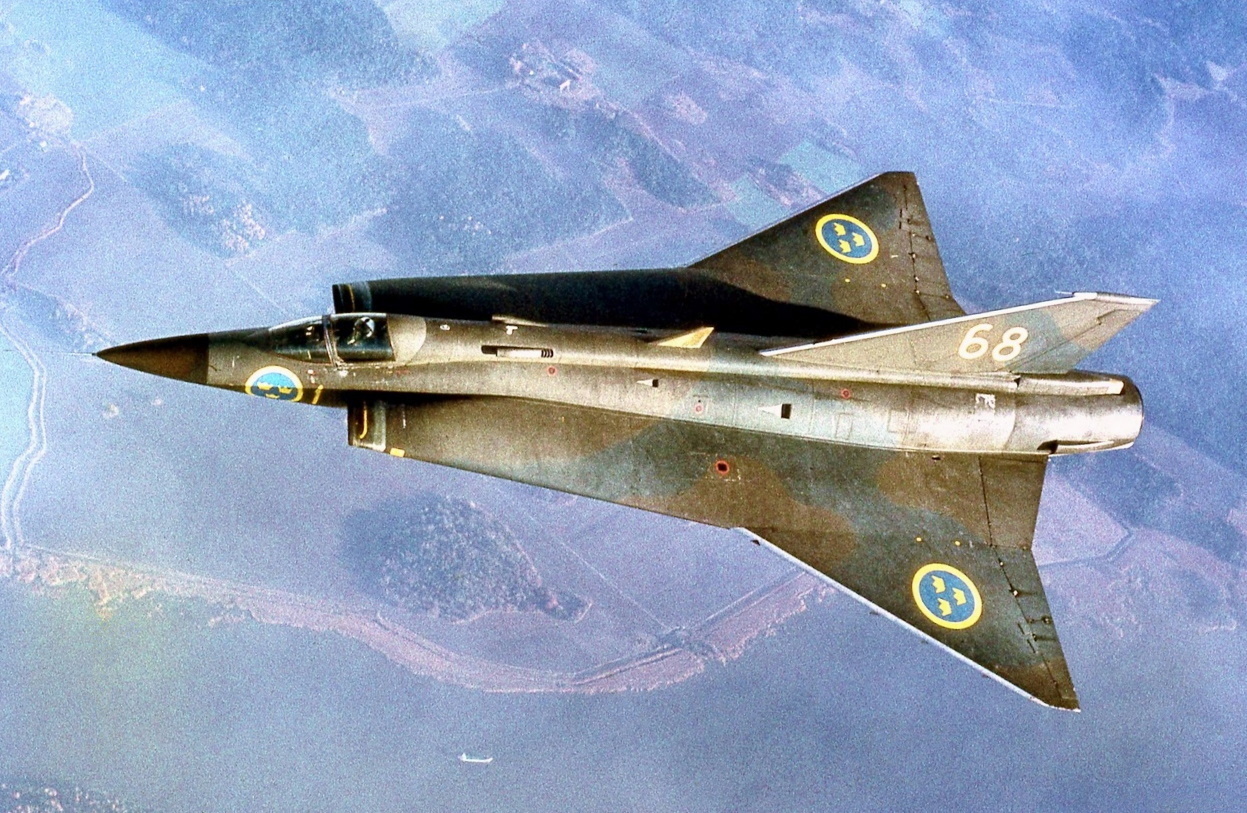I added more hard drives to my windows PC to dual boot as a test, then added another drive to actually play since I was enjoying Linux. My third OS isn’t bootable any more. What have I done wrong?
Started off with Windows 10 on a SATA drive with an M.2 drive for more data.
Added a 2Gb NVME with Debian - this has become my daily driver. I haven’t been to windows more than a few minutes a week.
Added another 250Gb SATA drive to test and play with another Debian install so I don’t break my daily driver.
Tried today to boot into the test OS and It’s just missing from GRUB? It doesn’t show up as a bootable drive in my UEFI BIOS either, though the drive itself is seen.
From KDE Partition Manager in my daily driver Debian, the drives are:
/dev/nvme01 - the daily driver Debian
/dev/sda - the Windows OS drive
/dev/sdb - the windows M.2 drive
/dev/sdc - the test Debian drive (not booting)
I would appreciate help. While there’s not much on that drive, I would like to continue my playing around.
Thanks in advance.
Boot problems are really tricky to fix on the computer that’s having them.
If any of your other OS’s still boot, then use them to download a live ISO of your preferred linux distro, and write it to a USB stick.
Then you can diagnose the problem using a new boot environment that doesn’t rely on the main disk.
Thanks. I haven’t really tried to fix it very hard, but that’s an obvious step I should have tried.
If the Debians you installed weren’t Live ISOs, then I recommend Arch or Artix for CLI, and Manjaro or Ubuntu for GUI.
You’ll have to mount the drives,
chrootinto the one on the drive that has the EFI partition, thengrub-installandgrub-mkconfiginto the EFI partition.Thank you, I shall try it.
I’m thinking you may have updated grub at some stage from Deb, and didn’t have the test OS mounted at the time, or os-prober not enabled :- therefore not detected when grub.cfg was regenerated.
https://wiki.archlinux.org/title/GRUB#Detecting_other_operating_systems
https://wiki.debian.org/Grub#Dual_BootI ended up using rEFInd myself, as it does automatic OS detection/scans for bootable partitions.
I didn’t update GRUB intentionally, but who knows. Installing and reading docs, thanks for the tip.
I can get into initramfs on that drive now, but the first thing it says is “no root device specified. Boot arguments must include a root= parameter”. I assume I’d add that to GRUB, if I could see the OS in GRUB!
<Furious searching>
Then from the BusyBox initramfs prompt, i try
vgchange -ayto try and activate the LVM partitions…? , and it activates three logical volumes from each of the two Debians. I figured out that I can pass it my correct LVM group, and it only activated those three. I exit from the initramfs Prompt and it says it can’t find some files in /root/proc, then it hangs forever.Man, all the stack overflow stuff I see says things like “mount the root to a new folder, then fix the problem, then reboot.” But doesn’t ever explain how to actually do some of it. I’m just too new to follow the “yada yada”!



